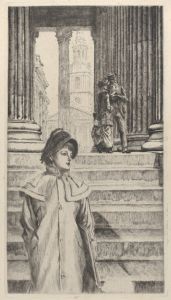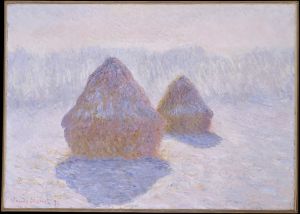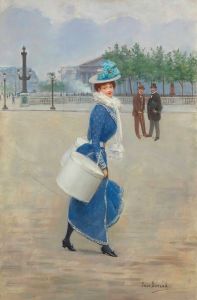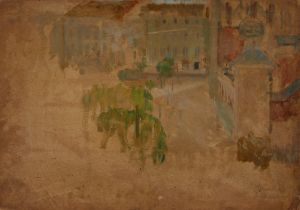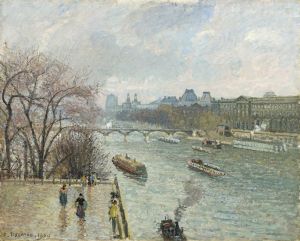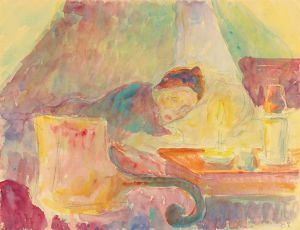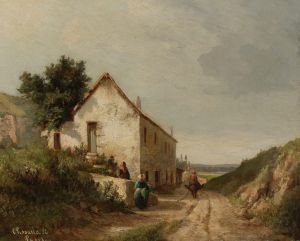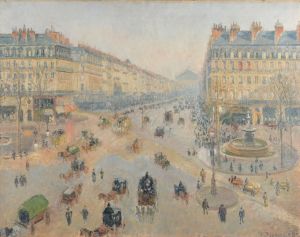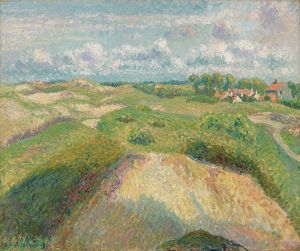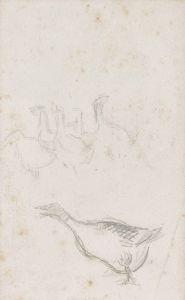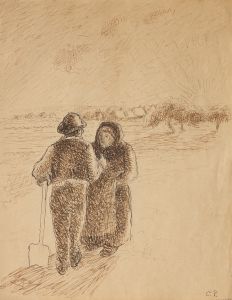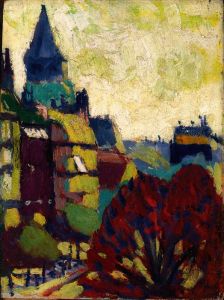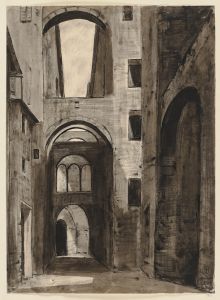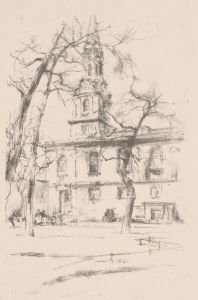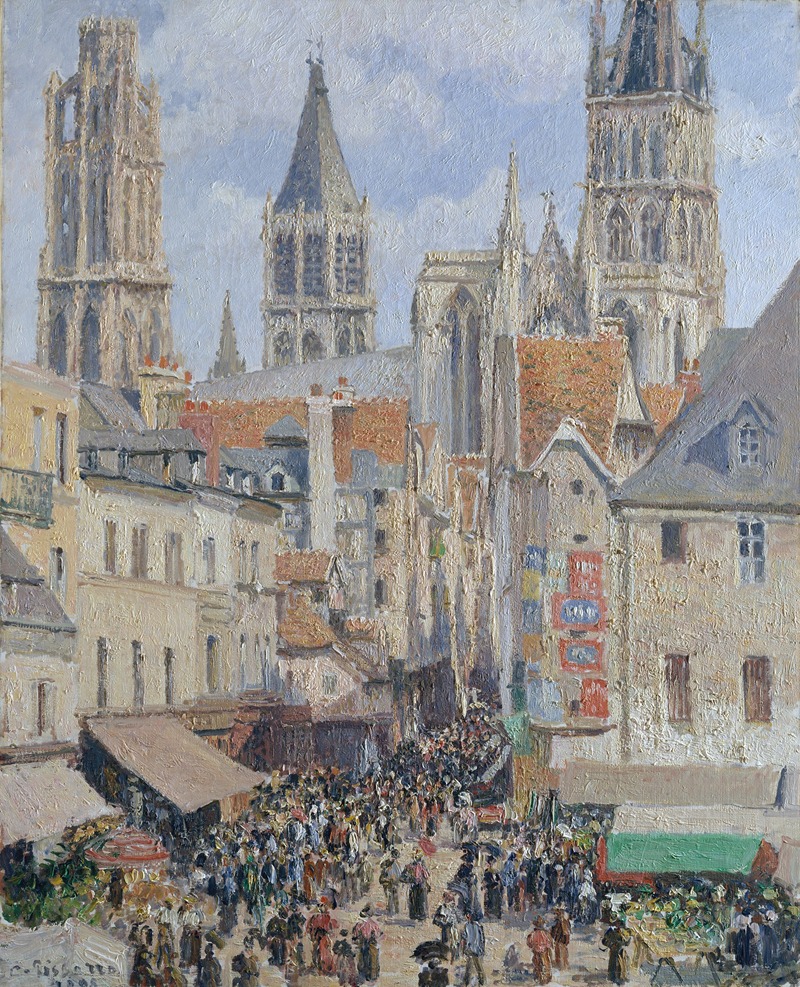
Rue de l’Épicerie, Rouen
A hand-painted replica of Camille Pissarro’s masterpiece Rue de l’Épicerie, Rouen, meticulously crafted by professional artists to capture the true essence of the original. Each piece is created with museum-quality canvas and rare mineral pigments, carefully painted by experienced artists with delicate brushstrokes and rich, layered colors to perfectly recreate the texture of the original artwork. Unlike machine-printed reproductions, this hand-painted version brings the painting to life, infused with the artist’s emotions and skill in every stroke. Whether for personal collection or home decoration, it instantly elevates the artistic atmosphere of any space.
"Rue de l’Épicerie, Rouen" is a painting by the renowned French Impressionist artist Camille Pissarro. Created in 1898, this artwork is part of a series of paintings Pissarro completed during his stay in Rouen, a city in the Normandy region of France. Pissarro is known for his depictions of urban and rural scenes, and this painting exemplifies his interest in capturing the vibrancy and dynamism of city life.
Camille Pissarro was a pivotal figure in the Impressionist movement, and his work often focused on the effects of light and atmosphere. In "Rue de l’Épicerie, Rouen," Pissarro captures a bustling street scene in the heart of Rouen. The painting portrays the Rue de l’Épicerie, a street known for its commercial activity, with a view that includes the famous Rouen Cathedral in the background. This cathedral was also famously depicted by Claude Monet in his own series of paintings.
The composition of "Rue de l’Épicerie, Rouen" is characterized by Pissarro's typical use of loose brushwork and a vibrant palette. The painting captures the hustle and bustle of daily life, with figures moving through the street, engaged in various activities. Pissarro's technique allows him to convey the movement and energy of the scene, while also paying attention to the play of light and shadow on the buildings and the street.
Pissarro's choice of Rouen as a subject was influenced by the city's architectural beauty and its lively urban environment. During the late 19th century, Rouen was a thriving industrial and commercial center, and Pissarro was drawn to the city's dynamic atmosphere. His Rouen series, including "Rue de l’Épicerie, Rouen," reflects his fascination with the interplay between the old and the new, capturing the essence of a city in transition.
The painting is also notable for its perspective. Pissarro often employed a high vantage point in his urban scenes, providing a panoramic view that encompasses both the architecture and the activity below. This approach allows the viewer to take in the full scope of the scene, from the intricate details of the buildings to the animated figures populating the street.
"Rue de l’Épicerie, Rouen" is a testament to Pissarro's skill in capturing the essence of a place and moment in time. His ability to depict the vibrancy of urban life, combined with his mastery of light and color, makes this painting a significant work within his oeuvre. It reflects the broader themes of the Impressionist movement, which sought to capture the fleeting impressions of modern life through innovative techniques and a focus on everyday subjects.
Today, Camille Pissarro's works, including "Rue de l’Épicerie, Rouen," are celebrated for their contribution to the development of modern art. His paintings are held in high regard and are featured in major art museums and collections around the world. Pissarro's influence on the Impressionist movement and his role as a mentor to other artists, such as Paul Cézanne and Paul Gauguin, further cement his legacy as a key figure in the history of art.





